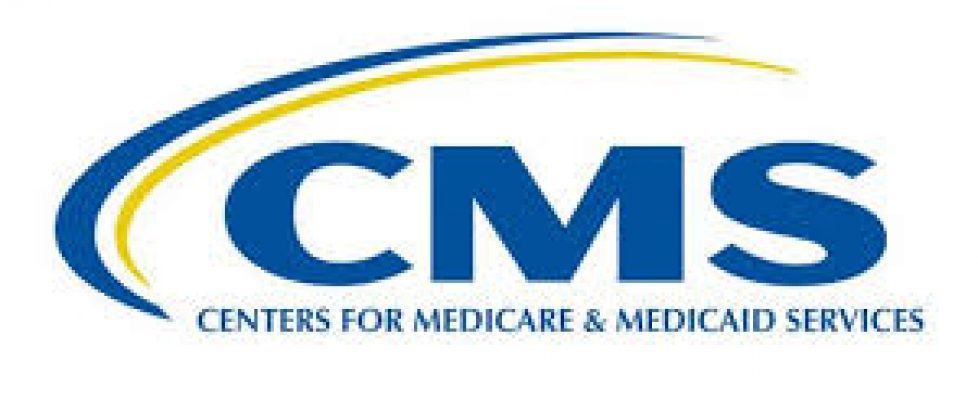CMS to Make Permanent COVID-19 Telehealth Rules, Hospice Role Uncertain
The U.S. Centers for Medicare & Medicaid Services (CMS) will be making permanent a number of the temporary flexibilities to expand telehealth that the agency implemented in response to the COVID-19 pandemic. The number of rules affecting hospices that would be extended remains to be seen.
President Donald Trump signed an executive order that among other provisions directed CMS to review the temporary steps taken during the pandemic to determine which could be extended and to propose a rule to that effect within 60 days. The order also contains provisions to improve the broadband networks needed to support telehealth as well as new supports for rural health care providers.
“The policy proposes to make permanent multiple regulatory flexibilities on telemedicine made available during the coronavirus pandemic and initiate the national conversation on the use of telehealth,” CMS Administrator Seema Verma said in a White House briefing. “During the pandemic to rapidly and extensively expand telehealth on Medicare beneficiaries, using emergency authorities and at the president’s direction, we were able to temporarily get rid of restrictive regulations and allow for telehealth across the country — not just in rural areas. We allow telehealth to be provided and more sites of care, including nursing homes and allow telehealth to fulfill face-to-face requirements for different health care services including inpatient rehab facilities, hospice and home health.”
During periods of national disaster, the U.S. Department of Health and Human Services has the authority to waive regulatory requirements under section 1135 of the Social Security Act, allowing the CMS to issue waivers relaxing conditions of participation (CoPs) for hospices and health care providers, including expanded use of telehealth for patient care. Telehealth visits have helped providers maintain continuity of care while limiting in-person contact that could spread the COVID-19 virus.
These actions have greatly expanded the use of telehealth nationwide. Prior to the emergency declaration, about 13,000 Medicare beneficiaries accessed telemedicine services during a typical week. As of the last week of April, that number had ballooned to almost 1.7 million people, Verma indicated. All told, more than 9 million beneficiaries have received a telehealth service between mid-March and mid-June. A number of stakeholders in the hospice space, as well as a group of U.S. senators have called on CMS to make these actions permanent.
During the pandemic, hospices have been able to provide interdisciplinary services via telemedicine or audio as long as the patient is receiving routine home care level of care and those telemedicine services which are audio-only services are capable of meeting the patient and caregiver needs.
The $2.2 trillion CARES Act, designed to help the economy and essential industries weather the impact of the pandemic, also contained provisions related to hospice telehealth, including permitting practitioners to recertify patients via telemedicine appointments rather than face-to-face encounters.
According to Verma, the forthcoming proposed rule would add 135 services to the list that CMS allows to be performed via telehealth. The scope, however, is limited by statute. Congressional action may be necessary to advance some aspects of expanded telehealth.
“One of the things that we can do is expand the number of services that can be provided via telehealth, and that’s what you’re going to see in the rule. Some of the areas that we cannot do is [change] where the services are provided,” Verma said. “One of the things that we’ve been able to do during the pandemic is allow people to receive telehealth services from their home, and it’s something that Congress would need to change. Also the types of providers that are allowed to provide telehealth services is also something that Congress would have to change, and the third area is also allowing telehealth to not just the providers in rural areas but across the entire country.”

